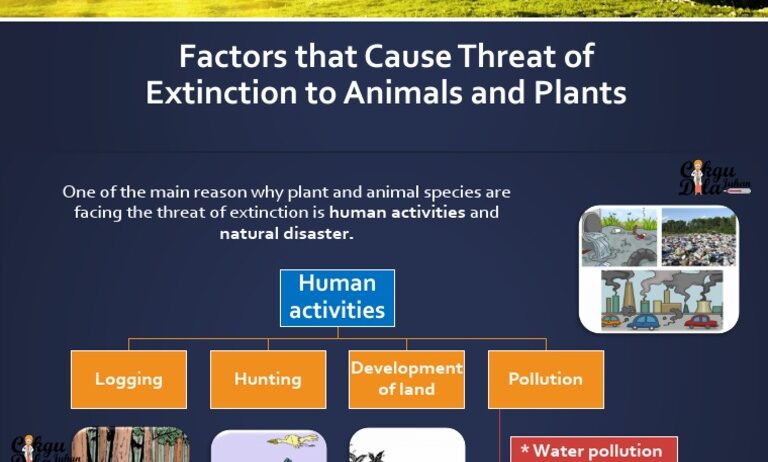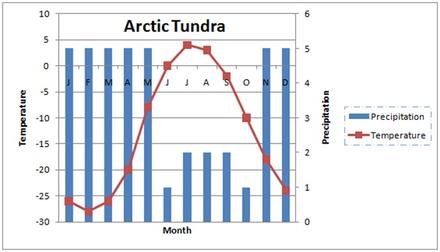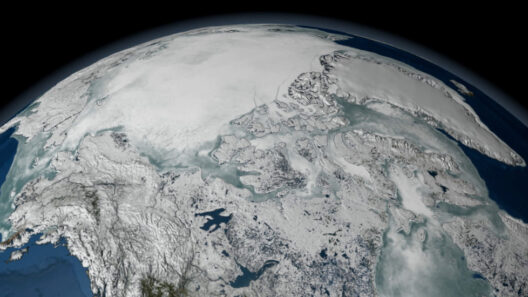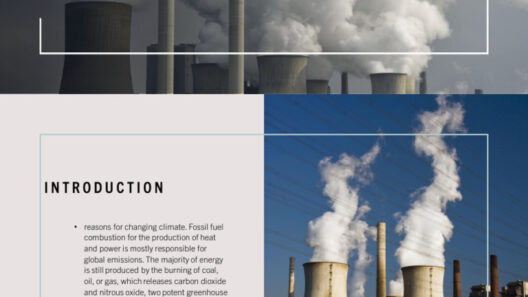In the grand theater of life on Earth, wildlife has long played an irreplaceable role, crafting a delicate tapestry of ecological interactions. However, as the curtain rises on the 21st century, this intricate performance is increasingly threatened by an insidious adversary: global warming. The rising tides of climate change do not merely ripple through the natural world; they crash violently, reshaping habitats and decimating ecosystems. As temperatures soar and weather patterns morph, the symbiotic relationships that have evolved over millennia are now unravelling, exposing plants, animals, and ultimately, humans to an existential crisis.
The warming of our planet is akin to a monstrous serpent coiling ever tighter around its prey. This serpent manifests through various phenomena, each more alarming than the last. Increased greenhouse gas emissions, primarily from anthropogenic activities, have intensified global temperatures. As the mercury rises, glaciers retreat, oceans swell, and biodiversity teeters on the brink of collapse. The Intergovernmental Panel on Climate Change (IPCC) warns that without significant intervention, we may witness a mass extinction event unparalleled in human history.
In this perilous landscape, flora and fauna are not merely victims; they are the bellwethers of our ecosystem’s health. A singular case in point is the plight of amphibians. These remarkable creatures, often overlooked, serve as indicators for environmental changes due to their permeable skin and dual-life stages. As the planet warms, amphibians face the dual threats of habitat loss and increased susceptibility to diseases. The chytrid fungus (Batrachochytrium dendrobatidis) has emerged as a pervasive threat, decimating populations worldwide. Ecosystems that once thrummed with the vibrancy of croaking frogs now echo with silence, a melancholic reminder of what has been lost.
Furthermore, the flora that carpets our planet is not immune to the ravages of climate change. Many plants are facing challenges as they attempt to adapt to shifting growing seasons and erratic rainfall patterns. The intricate dance of pollination is jeopardized as flowering plants bloom early, out of sync with their pollinators. For instance, climate change has already altered the blooming periods of wildflowers, leaving bees and other pollinators scrambling to find food. This disconnect creates a cascading effect, jeopardizing not only plants and pollinators but entire food networks.
Even iconic species—tigers prowling the jungles of South Asia, polar bears navigating the icy realms of the Arctic—find themselves ensnared in the snare of climate change. Habitat fragmentation and loss are exacerbated by rising global temperatures, rendering once-vibrant ecosystems inhospitable. The Arctic sea ice, a vital hunting ground for polar bears, is retreating at an alarming rate. In their quest for survival, these magnificent creatures are forced to traverse greater distances, often leading to starvation and dwindling populations. The majestic tiger, meanwhile, grapples with shrinking habitats and human encroachment, its territorial boundaries collapsing under the weight of climate change and industrial expansion.
The plight of wildlife cannot be fully understood without acknowledging the profound interconnections between species, including humans. As we encroach upon natural habitats, we inadvertently set off a chain reaction that reverberates through the ecosystem. The loss of biodiversity detrimentally impacts ecosystem services that humans rely on, such as clean air, pollination of crops, and water purification. The intricate web of life is not just a philosophical notion; it is a biological imperative. Disruption in wildlife populations can trigger declines in agricultural yields and increased vulnerability to natural disasters, creating a harrowing scenario for humanity itself.
Moreover, recent studies have indicated that the mental and physical health of humans is inextricably linked to healthy ecosystems. With the loss of biodiversity, humans face not only ecological repercussions but also psychological ones. Nature has a profound impact on our mental well-being; the tranquility of natural environments can alleviate stress and promote mental clarity. As wildlife becomes increasingly endangered, we simultaneously risk losing the restorative benefits that nature provides to our mental health.
The specter of global warming looms large, but it is not an unstoppable force. The dialogue surrounding climate change has fostered a heightened awareness, compelling individuals and communities to rethink their relationships with the environment. Innovative conservation strategies, habitat restoration projects, and sustainable farming practices are gaining traction, reaffirming our commitment to preserving biodiversity. The emerging field of ecological restoration seeks to rehabilitate degraded ecosystems, breathing new life into landscapes that have been stripped of their former glory.
As stewards of this planet, we bear a monumental responsibility. The fight against global warming and its implications for wildlife requires a confluence of collective action, scientific inquiry, and grassroots initiatives. Every voice, every action, and every commitment to sustainability can contribute to a more hopeful narrative. Ultimately, combating climate change is not solely about preserving the splendor of our planet’s fauna and flora; it is about ensuring that the rhythms of life continue to echo through the generations to come.
To forge a future where wildlife can thrive amidst the challenges of a warming world, collaboration and education must be paramount. Awareness must transition into action, with individuals and communities galvanizing to protect not only their local ecosystems but also the intricate, interlinked biosphere that envelops us all. The path forward is daunting, but the resilience of nature and the human spirit provides a glimmer of hope that, through concerted efforts, it is possible to reclaim and restore our precious wildlife for generations yet unborn.







